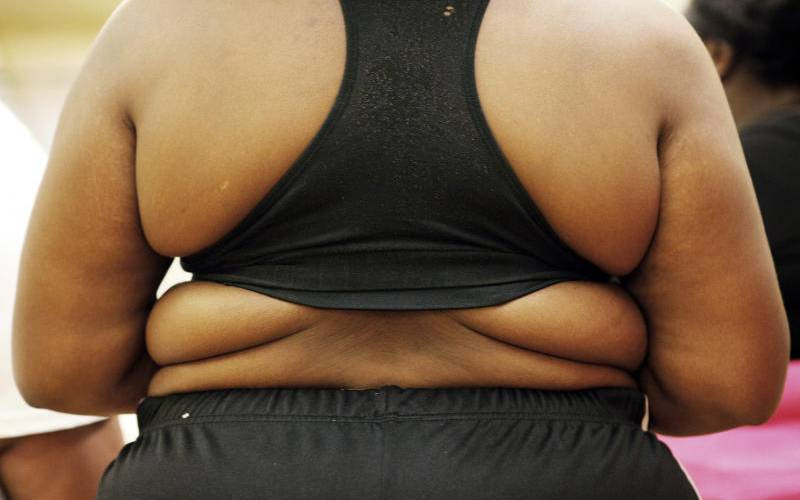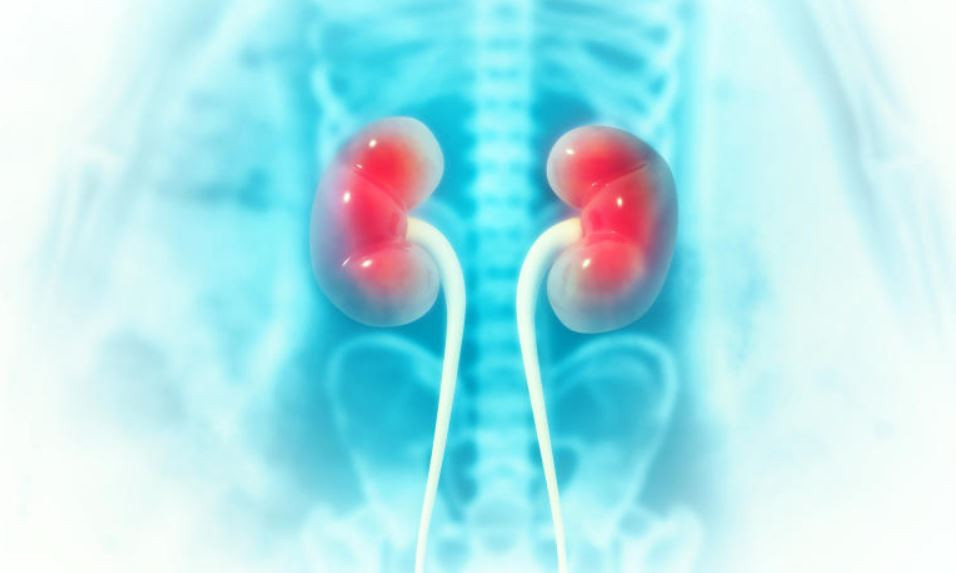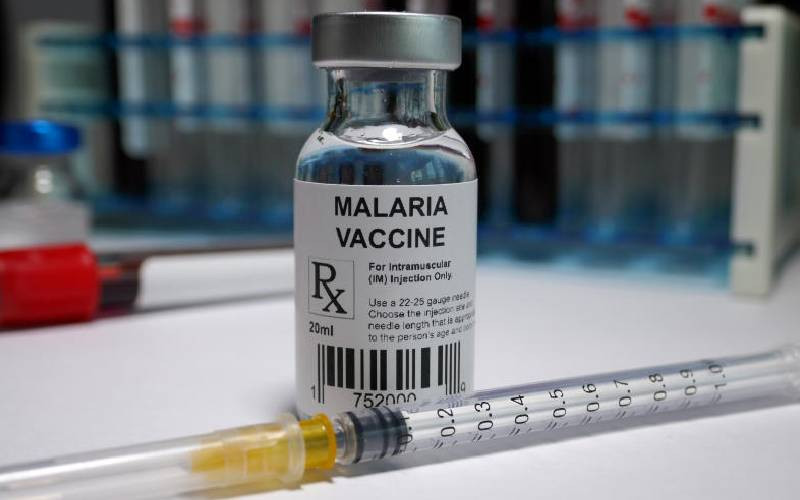
Childhood obesity has now surpassed underweight as the more common form of malnutrition globally, the United Nations Children’s Fund(UNICEF) has warned.
In a new report titled Feeding Profit: How Food Environments are Failing Children, UNICEF says the prevalence of underweight among children aged 5–19 years has dropped since 2000, from nearly 13 per cent to 9.2 per cent.
Over the same period, obesity rates more than tripled, rising from 3 per cent to 9.4 per cent.
“Our findings expose the current scale of overweight and obesity among children and adolescents worldwide, the rapidly increasing prevalence in low- and middle-income countries, and the shift from underweight to obesity as the more dominant form of malnutrition among 5–19-year-olds,” UNICEF said.
The report reveals that obesity now exceeds underweight in every region of the world except sub-Saharan Africa and South Asia.
Globally, one in 20 children under five and one in five children and adolescents aged 5–19 are overweight.
Since 2000, the number of overweight children in this age group has doubled from 194 million to 391 million, with a significant proportion now living with obesity.
“When we talk about malnutrition, we are no longer just talking about underweight children,” UNICEF Executive Director Catherine Russell said.
- Early weight, lifelong effects: Parents should worry about childhood obesity
- How malnutrition and poor diets hurt Kenya's growth
Keep Reading
“Obesity is a growing concern that can impact the health and development of children. Ultra-processed food is increasingly replacing fruits, vegetables and protein at a time when nutrition plays a critical role in children’s growth, cognitive development and mental health.”
According to the findings, Pacific Island nations top global obesity rates, with 38 per cent of 5–19-year-olds in Niue, 37 per cent in the Cook Islands, and 33 per cent in Nauru affected, more than double the levels seen in 2000.
High-income countries also continue to struggle, with 27 per cent of children in Chile, 21 per cent in the US, and 21 per cent in the UAE living with obesity.
While undernutrition, such as wasting and stunting, remains a serious challenge in many low- and middle-income countries, the prevalence of overweight and obesity among school-aged children is rising rapidly.
Obesity, a more severe form of overweight, carries higher risks of type 2 diabetes, cardiovascular disease, high blood pressure and certain cancers.
The report attributes the surge to the growing availability of sweet, salty, fried and sugary foods, as well as aggressive junk food marketing.
Shops and schools are saturated with unhealthy products, while digital advertising makes them harder to resist.
A UNICEF global poll of 64,000 young people in over 170 countries found that 75 per cent had seen advertisements for sugary snacks, drinks or fast foods in the past week, and 60 per cent admitted the ads made them crave the foods.
Even in conflict zones, 68 per cent of young people reported exposure to such adverts.
Without urgent interventions, the report warns, obesity-related health problems could cripple economies, with global losses projected to exceed US$4 trillion annually by 2035.
“The widespread exposure to unhealthy food environments and the surge in childhood overweight and obesity call for immediate and transformative action to protect children’s right to food and nutrition,” UNICEF urged governments, calling for stronger food labelling, marketing restrictions and taxes on unhealthy products.
“In many countries, we are seeing the double burden of malnutrition – the existence of stunting and obesity,” Russell said.
“Nutritious and affordable food must be available to every child to support their growth and development. We urgently need policies that support parents and caretakers to access nutritious and healthy foods for their children.”
Kenya is also grappling with a triple burden of malnutrition: undernutrition, micronutrient deficiencies and rising overweight.
According to the 2022 Kenya Demographic Health Survey, 18 per cent of children under five are stunted, 10 per cent are underweight, while 3 per cent are overweight or obese. Additionally, 42 per cent of pregnant women suffer from iron deficiency anaemia.
A particularly worrying trend is the rapid rise in overweight and obesity among school-aged children, fuelled by reduced physical activity and growing consumption of unhealthy diets.
To respond, the Ministry of Health has introduced the Kenya Nutrient Profile Model (KNPM), developed with stakeholders to guide food policies aimed at promoting healthier diets and reducing diet-related non-communicable diseases.
The KNPM helps identify foods high in sugar, salt, and unhealthy fats, supports clearer labelling on pre-packaged foods, and restricts marketing of unhealthy products—particularly those targeting children.
The model is foreseen as a strategic step toward protecting consumers, especially children, from junk food marketing while contributing to Kenya’s wider goals of food system transformation and improved public health nutrition.
 The Standard Group Plc is a multi-media organization with investments in media
platforms spanning newspaper print
operations, television, radio broadcasting, digital and online services. The
Standard Group is recognized as a
leading multi-media house in Kenya with a key influence in matters of national
and international interest.
The Standard Group Plc is a multi-media organization with investments in media
platforms spanning newspaper print
operations, television, radio broadcasting, digital and online services. The
Standard Group is recognized as a
leading multi-media house in Kenya with a key influence in matters of national
and international interest.











